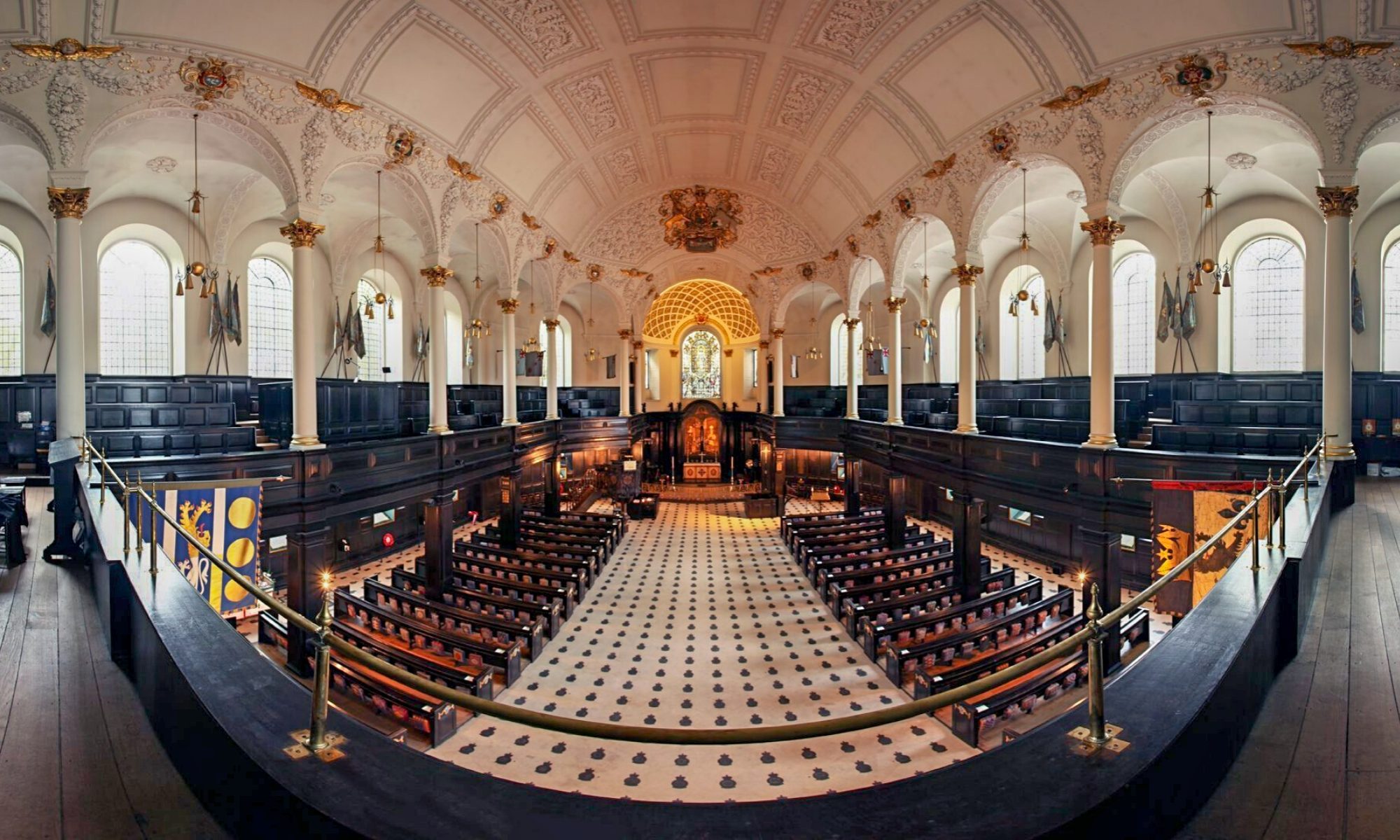Ann Morgan Jennings Family
John D. F. M. NOTES
l. JOHN MORGAN
2. DAVID MORGAN
b. 12-15-1740
d. 6-4-1789
MARY BLACKWOOD
B.———–d.
D. 1-3-1774
3. DAVID BLACKWOOD MORGAN
b. 2-11-1785
d. 3-10-1868 (83)
ELIZABETH TOMLINSON CIARKE
b. 3-28-1783
d. 2-1-1829
1829 -1830 Justice of peace. Judge, Common Pleas Court Gloucester Co. N.J.
4. Ann Morgan
b. 1-23-1820
M (Henry Jennings)
b. 8-6-1812
David Morgan was a Second Lieutenant, New Jersey Militia in the Revolutionary War. This makes our family eligible to membership in the “Society of The Sons of The Revolution.
“It is said that it is just as easy for a man to love a woman with money as without.” David Blackwood Morgan seemed to follow this truism. He first married the widow, Elizabeth Clarke Tomlinson and then Hannah Ivins French.
John D.F. Morgan, a 6th cousin, Executive Director of Camden Historical Society, has written a history of the Morgan family. The Morgans had a rich family heritage, many attaining prominence in business, professional and political fields.
Randall W. Morgan, Ann’s grandfather, chairman of board of United Gas. Co., Philadelphia.
Marshall Morgan, Fidelity Trust Co. Philadelphia.
David Morgan, Trust Officer, Penna. Trust Co.
Chas. Morgan Sr., partner in law firm of Morgan and Lewis.
J. Willard Morgan, State Comptroller, Attorney for Redding Rail Road.
David U Morgan, brother, large manufacturer of photographic paper.
James Riley Jennings 1967
Almonessen, Gloucester, Co. N.J., was once called Jenningsville.
The Haddonfield Historical Society, in 1956, celebrated the 200th anniversary of the building of the home where Ann Morgan Jennings was born in 1820. Toward the top of the chimney in salt glazed permanence are the figures, 1756. The four rooms on the first floor and the four bedrooms on the second are, for the post part, graced with the original, Revolutionary furniture. The remainder is of Civil War vintage. Three walls are of glazed brick, am the rear wall is of New Jersey stone. With great care and pride, the present owner, Mr. William F. Schuck, maintains landscaping befitting the elegance of the home. Originally the property included five thousand acres of land. In the spring of 1966, the blooms of flowering shrubs included pink Magnolia, yellow Forsythia, red Japonica, pink Japanese Weeping Cherry, and Wisteria. The whole area is surrounded by very large Oak, Walnut, Sycamore, Maple and others.
The home is located in what is now known as Glendora. It is on high ground overlooking once busy Chew’s Landing, immediately across TIMBER CREEK. In early days one mast schooners plied the waters hauling coal, timber and other products. Old Irish Road skirted the property, crossing at Chew’s Landing. It was an area of great activity in it’s day. The location is ten or twelve miles from Camden, reached by Black Horse Pike.
Through research, one historian believes that at one time the attic of the home was used as a Revolutionary Alarm Post. For a time it was also used by the New Jersey Militia. Colonel James Hillman, first owner, used it as Military and Hospital Headquarters during the Revolution.
David Blackwood Morgan was the father of Ann Morgan Jennings, mother of Cyrus Morgan Jennings.
A mile or two distant was the home of John Morgan, where David, Randal, Jonathan and George Morgan were born. It was built of New Jersey sandstone, but as it stands in 1966, on Egg Harbor Road, it is stucco covered. It originally stood on eighteen hundred acres of land, and in 1775, it was offered for sale to be used as a Tavern. In those days a tavern was more of an Inn, a place for public accommodation. To obtain a license lodging and food for a certain number of guests was required as was also stable and feed facilities for the care of the horses of guests. With these facilities provided the tavern owner could then provide liquid refreshments for the comfort of weary travelers.
David U. Morgan, a brother of Ann, developed a secret formula for the manufacture of photographic paper. Eggs were part of the basic formula and were used in great quantities. Four thousand dozen were used monthly. The paper to be treated was shipped in from England. The finished product had wide distribution including, I believe, Europe. He died with the secret formula in his head and his wife and employees were unable to carry on.
On April 24, 1852, Henry Jennings and his wife Ann conveyed her quarter interest in the family property to Owen Jones.
